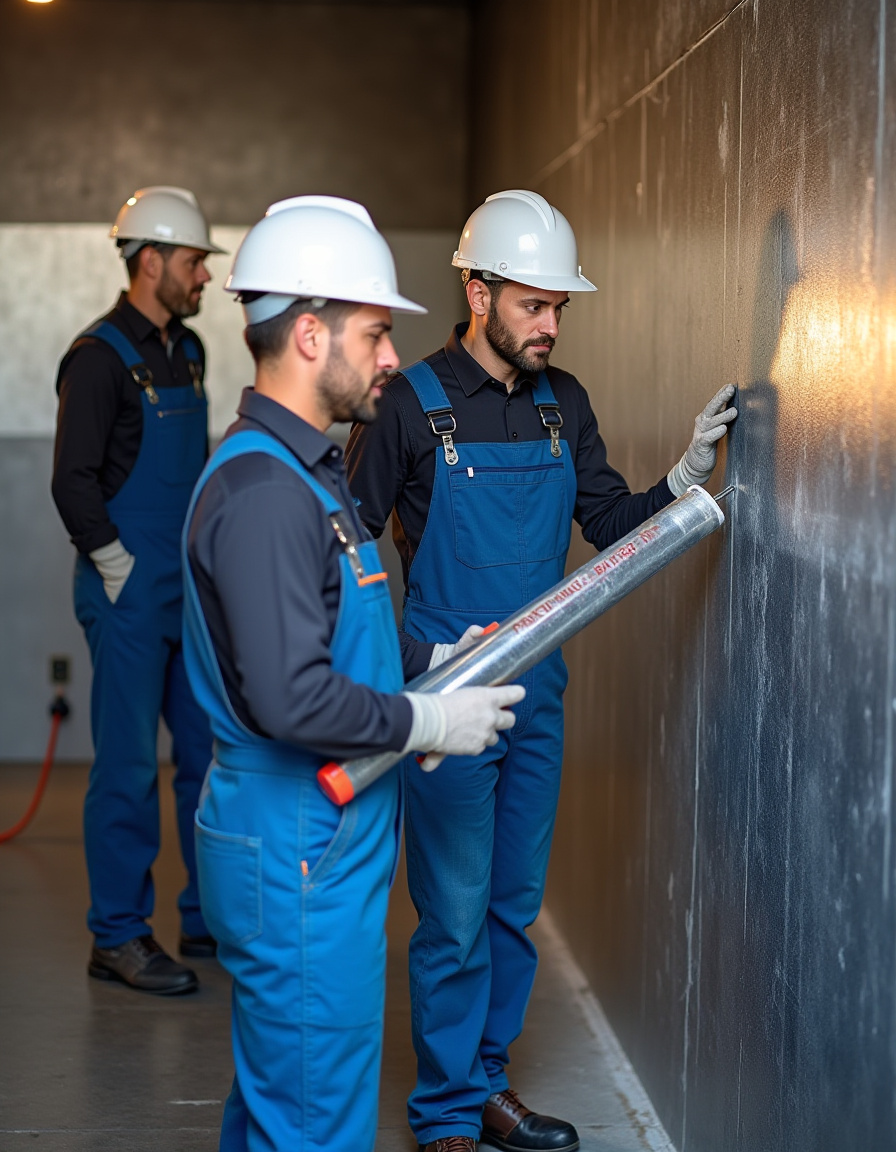
Basements are prone to water damage because they are underground, making them more likely to collect moisture, leaks, and even flooding. If water damage is not addressed early, it can cause mold growth, weaken the structure of your home, and lead to expensive repairs. Learning how to detect early warning signs can help homeowners take action before the damage gets worse. Here’s how you can spot basement water damage and prevent bigger problems.
Common Causes of Basement Water Damage
Before looking for water damage, it’s helpful to know what causes it. Some common reasons include:
- Poor Drainage – Clogged or misdirected gutters and downspouts can send water toward your basement, leading to leaks.
- Cracks in the Foundation – Small cracks in basement walls or floors can let water seep inside over time.
- Water Pressure from the Soil – When the ground around your home gets too wet, the pressure can push water through basement walls.
- Leaky Pipes – Plumbing leaks can bring unwanted moisture into the basement.
- Sump Pump Failure – If your sump pump isn’t working, your basement may flood during heavy rain.
- High Humidity – Moist air can cause water to collect on basement walls and floors over time.
Signs of Basement Water Damage
Catching basement water damage early can save you money and prevent bigger problems. Here are some warning signs:
1. Musty Smell
A damp, musty smell in your basement is often a sign of mold or mildew, which thrive in wet areas. Even if you can’t see water damage, this smell is a sign of hidden moisture.
2. Water Stains
Look for discoloration on basement walls, floors, or ceilings. Water stains might appear as yellow, brown, or greenish patches, depending on the moisture source.
3. White Powdery Substance on Walls (Efflorescence)
If you see a white, chalky residue on your basement walls, this means water is seeping through concrete or brick and leaving behind salt deposits.
4. Peeling Paint or Wallpaper
Moisture can cause paint and wallpaper to bubble, peel, or crack. If you notice this, water might be getting into the walls.
5. Mold or Mildew Growth
Mold appears as black, green, or white fuzzy patches. It grows quickly in damp environments and can cause health problems, especially for people with allergies or asthma.
6. Warped or Uneven Floors
If your basement floor looks uneven or feels soft, water damage may be affecting the flooring materials.
7. Puddles or Damp Spots
If you find standing water or damp areas in your basement, there may be a leak or drainage problem. Check corners, walls, and window areas for signs of moisture.
8. Excess Humidity and Condensation
If your basement feels humid or you see condensation on windows, pipes, or walls, this could be a sign of moisture problems.
How to Prevent Basement Water Damage
Once you know what to look for, taking steps to protect your basement can help prevent serious damage. Here’s what you can do:
- Keep Gutters and Downspouts Clear – Make sure water drains away from your home by cleaning out gutters and ensuring downspouts direct water at least six feet away.
- Seal Cracks in the Foundation – Use waterproof sealants to patch any small cracks in basement walls or floors.
- Improve Outdoor Drainage – Ensure the ground around your home slopes away from the foundation to prevent water from pooling near the basement.
- Install a Sump Pump – A sump pump helps remove excess water and prevents flooding.
- Use a Dehumidifier – Running a dehumidifier in the basement can keep moisture levels low and prevent mold growth.
- Check for Plumbing Leaks – Regularly inspect pipes and fix leaks immediately.
- Waterproof Basement Walls and Floors – Applying a waterproof coating can help block moisture from seeping in.
- Consider Installing a French Drain – A French drain system can direct water away from your basement and keep it dry.
When to Call a Professional
If the problem is small, such as condensation or a minor crack, you may be able to fix it yourself. However, for major water damage, you should call professional basement waterproofing services in St. Louis, if you notice the following:
- Leaks that continue despite DIY fixes.
- Large cracks in basement walls.
- Widespread mold growth.
- Structural issues, like bowing walls or sagging floors.
Final Thoughts
Spotting basement water damage early can prevent costly repairs and protect your home’s foundation. By staying alert to warning signs and taking action, you can keep your basement dry and safe. If you suspect serious water damage, don’t hesitate to call professional basement waterproofing services in St.Louis to assess the situation. They can tell you the extent of the problem and provide you with the right solutions that suit your home needs and make sure the issues don’t come back again.




Leave a Reply